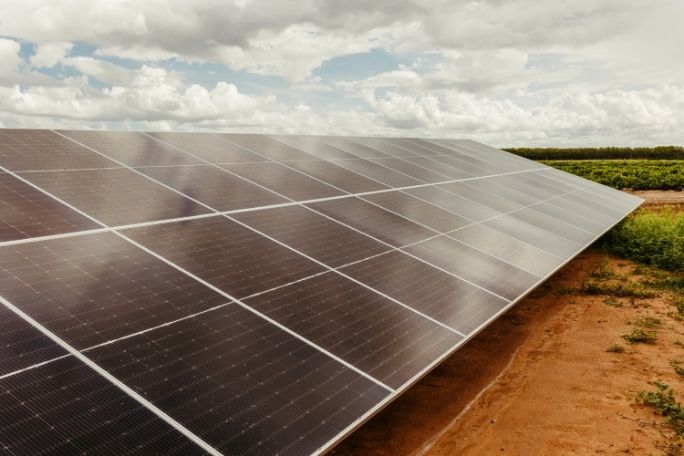Lesson summary
The activity can be used by teachers to find out what misconceptions students have about energy. The Student Worksheet can be kept as part of the student’s self assessment at the completion of the unit.
Learning intentions:
Students will...
- build an understanding of energy.
Lesson guides and printables
Lesson details
Curriculum mapping
Australian curriculum content descriptions:
Year 3 Science:
- Science knowledge helps people to understand the effect of their actions (ACSHE051)
- Heat can be produced in many ways and can move from one object to another (ACSSU049)
Year 3 English:
- Listen to and contribute to conversations and discussions to share information and ideas and negotiate in collaborative situations (ACELY1676)
Year 4 Science:
- Science knowledge helps people to understand the effect of their actions (ACSHE062)
Syllabus Outcomes: ST2-6PW, ST2-11LW, EN2-6B.
Year levels: 3 and 4
Indoor or outdoor activity: Indoor
Time required: 20 mins
Level of teacher scaffolding: Facilitate discussion about energy.
Resources required
- Writing materials
- Printed activity sheet
Additional info
This is an original Cool.org lesson. Facts and figures in these lessons may have changed since this lesson was published. We always endeavour to update our resources in a timely manner, but if you see an error or issue in our resources please get in touch with us.


Welcome back!
Don't have an account yet?
Log in with:
By signing up to Cool.org you consent and agree to Cool's privacy policy to
store, manage and process your personal information. To read more, please see
our privacy policy here(Opens in new tab).
Create your free Cool.org account.
Many of our resources are free, with an option to upgrade to Cool+ for premium content.
Already have an account?
Sign up with:
By signing up to Cool.org you consent and agree to Cool's privacy policy to
store, manage and process your personal information. To read more, please see
our privacy policy here(Opens in new tab).